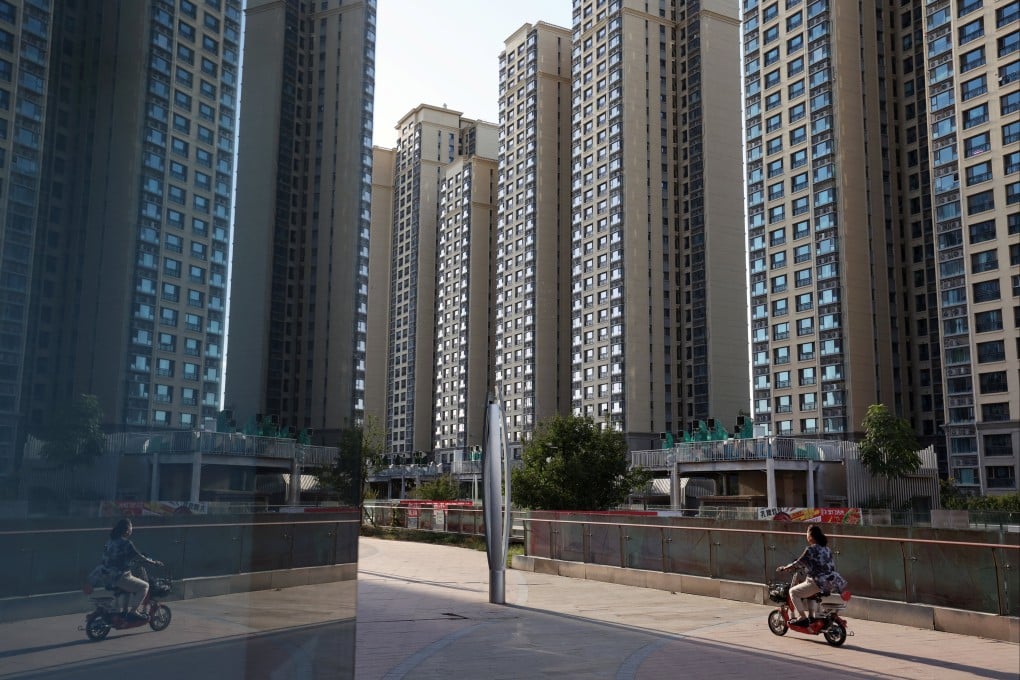China’s property woes test Beijing’s bottom line of no systemic risks, with Evergrande restructuring adding to problems
- Post review of midyear financial reports by 18 ‘systemically important’ banks finds more than two-thirds have higher outstanding non-performing property loans
- Trend shows how property crisis has outsized effect on China’s economy; one analyst warns the actual amount of distressed loans may be much higher than reported

The outstanding property-related non-performing loans (NPLs) of China’s top banks saw an annual increase in value of 37 per cent to 291 billion yuan (US$40 billion) from July 2022 to the end of June this year, according to the Post’s calculations of their midyear financial reports.
Two-thirds of the banks have seen an increase in their property NPL ratio, signalling that they are still troubled by China’s ongoing property crisis.
The People’s Bank of China last week identified 20 banks as being systemically important. This means that their impact, in the event of distress or failure, could significantly disrupt the financial system and, ultimately, the broader economy. Newly added to the list this year is the Bank of Nanjing.
The Post reviewed 18 of the 20 banks, as Guangfa Bank and Bank of Beijing did not release midyear property-loan breakdowns.
